Rune Staff Collection
The second-largest collection of runic calendar staffs in Sweden.
From the Mayan calendar to Stonehenge, the ancient practice of timekeeping has usually revolved around the same concept: using an object to track the cyclical nature of the sun and moon. But in Scandinavia, there was a type of astronomical calendar that trumped the rest with one important feature: It was portable.
The Nordic rune staff was a perpetual calendar inscribed on a stick, piece of parchment, or plank made of wood or bone, which was carved with a set amount of runes. These symbols represented the days of the year tracked in a cyclical nature based on the 19-year Metonic cycle, correlating to the solar year and lunar month. Runic calendars have been found dating as far back as the 13th century, though the bulk of known staffs were made considerably later.
In the early 18th century, a collection of these runic calendar staffs—the second-largest collection of its kind in Sweden—was gathered by a Swedish man named Carl Ehrenpreus and donated to Uppsala Observatory. The staffs were kept at the observatory until they were eventually moved to the Gustavianum Museum, where they can be admired today.
Know Before You Go
The runic calendars can be found in the back of the academic history room of the Gustavianum Museum. You'll have to pay an entrance fee unless if you are an Uppsala University student.

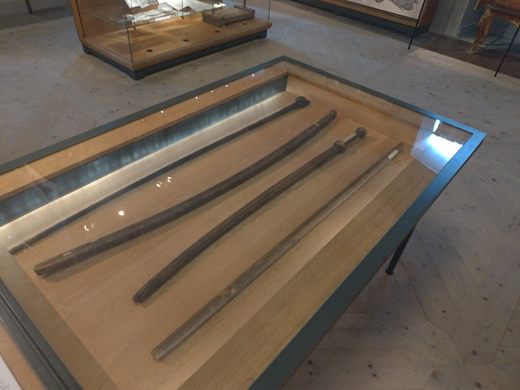
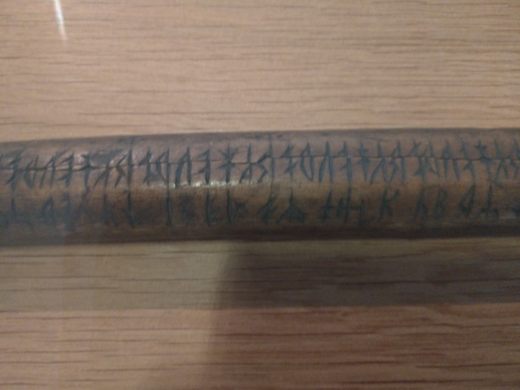
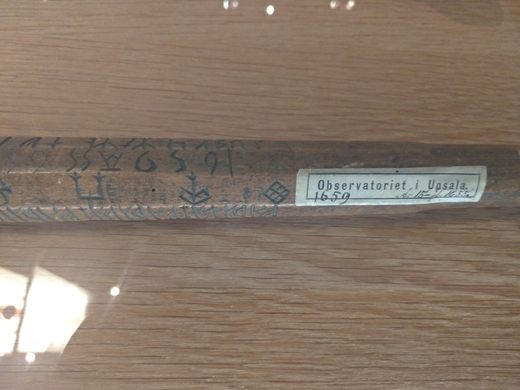
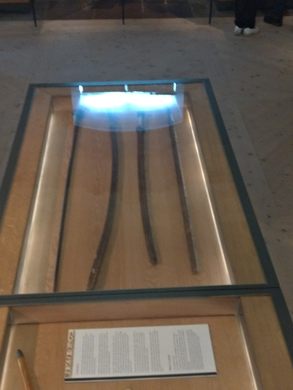




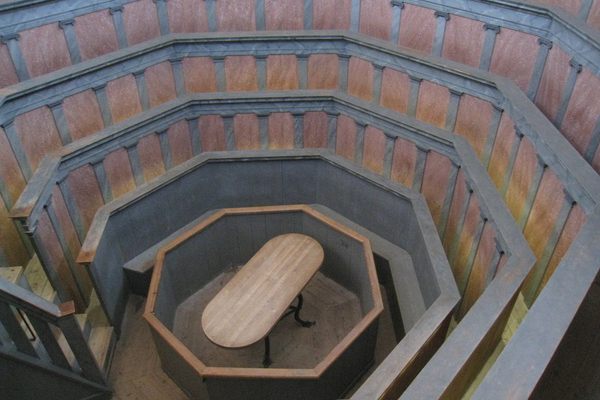
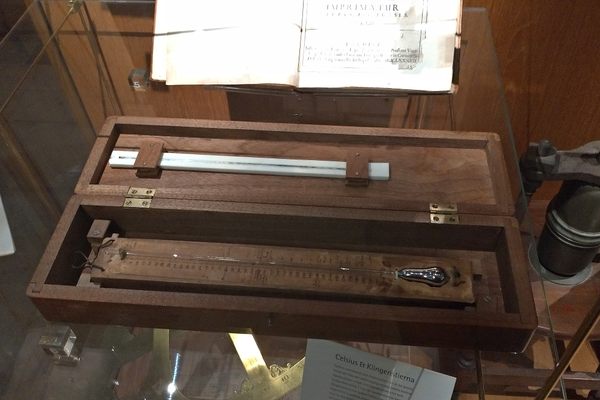

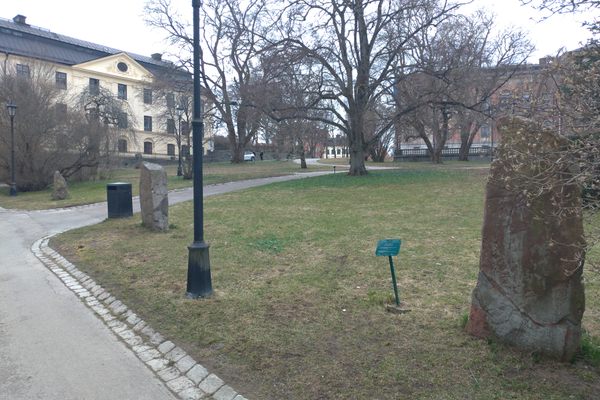





Follow us on Twitter to get the latest on the world's hidden wonders.
Like us on Facebook to get the latest on the world's hidden wonders.
Follow us on Twitter Like us on Facebook